There are many options for growing attractive and edible perennial plants in the home landscape. Here are some beauties that may not have occurred to you to try. Text by Benjamin Crouch. Photography by Kim Moa.
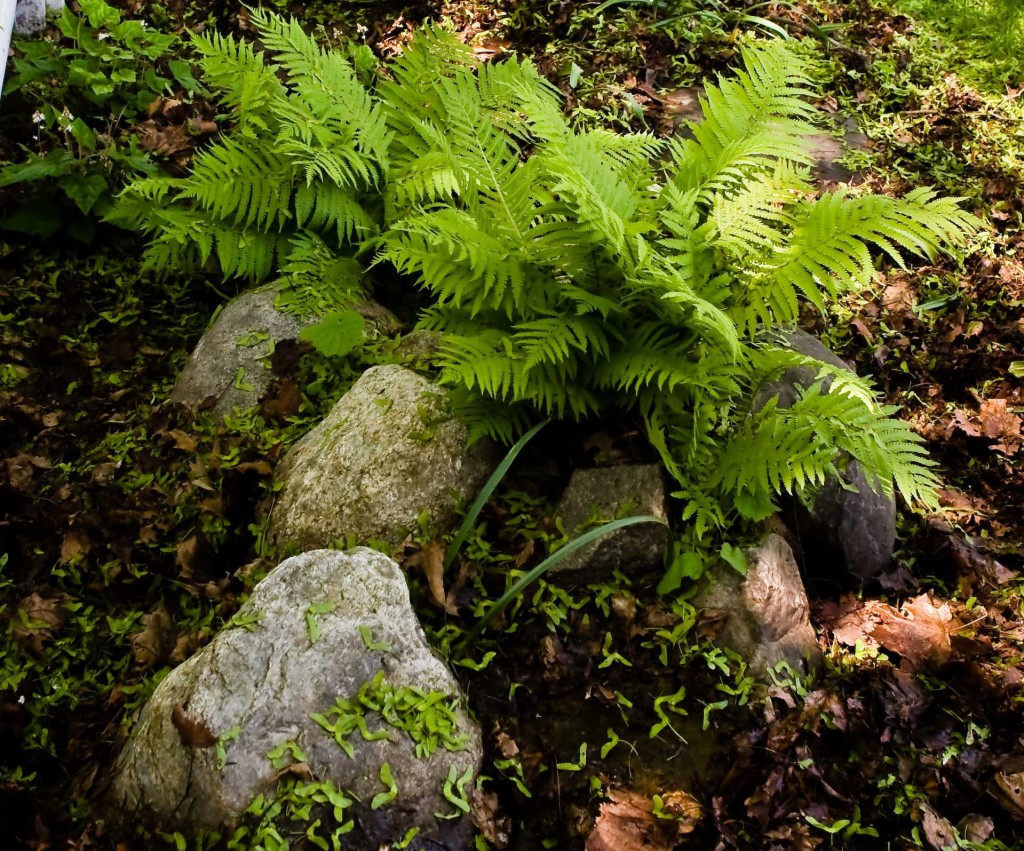
If you enjoy fiddleheads in a spring stir-fry or salad, you can grow your own. Ferns prefer a bit of shade and an acidic, highly organic soil. Here, ostrich ferns are growing in a "planter" arranged from New England field stone. Once ferns establish, you can harvest a selection of the fiddleheads for years to come without replanting. Also pictured are ramps or wild leeks, another perennial spring delicacy for your shade garden. Both of these plants are low maintenance vegetables that you can grow where most veggies won't.
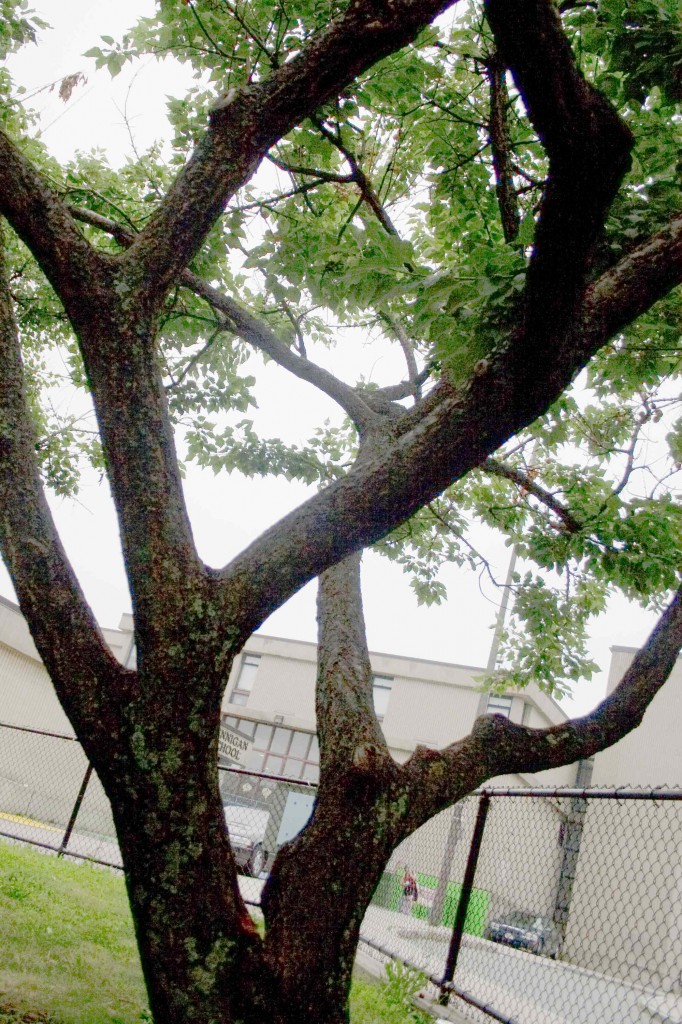
Apricot trees will grow anywhere in the northeast, but in order to fruit they require a location that is insulated from frosts during bloom time--right around April 1st. Here is where the urban heat island comes in handy. Apricots tend to have a graceful, sprawling architecture and attractive reddish bark with light colored furrows. This is a four-season plant with a showy bloom in early spring and bright yellow-orange fall display.
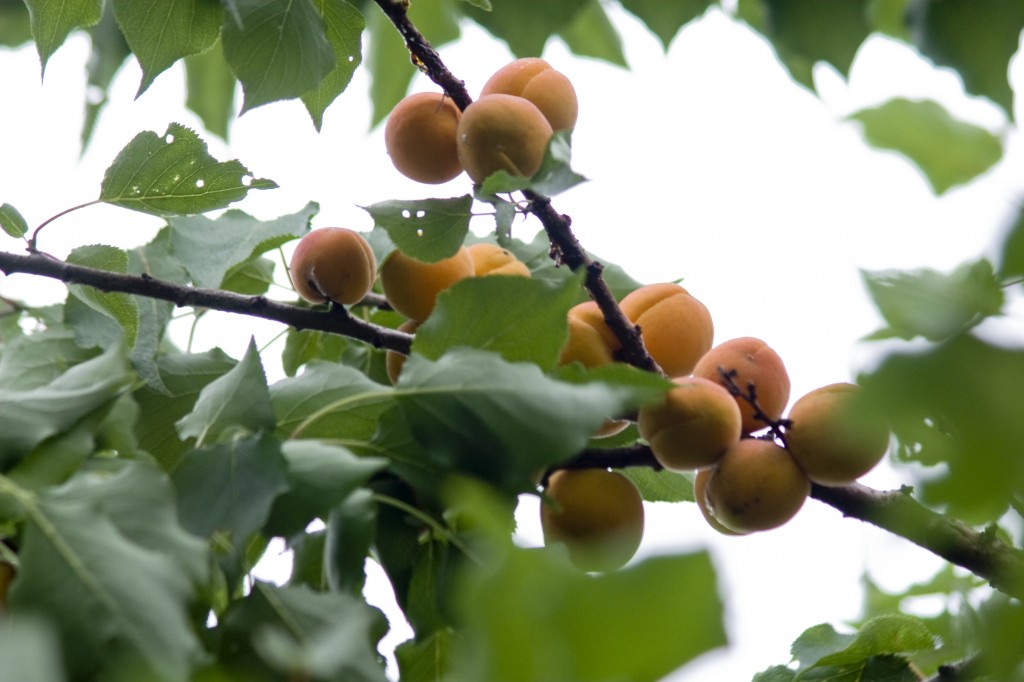
An abundant and reliable July harvest is the best reason to plant an apricot tree. Practicing good hygiene will keep pest populations at an acceptable level. Clean up dropped or infested fruit and put out the inedible ones with the yard waste.
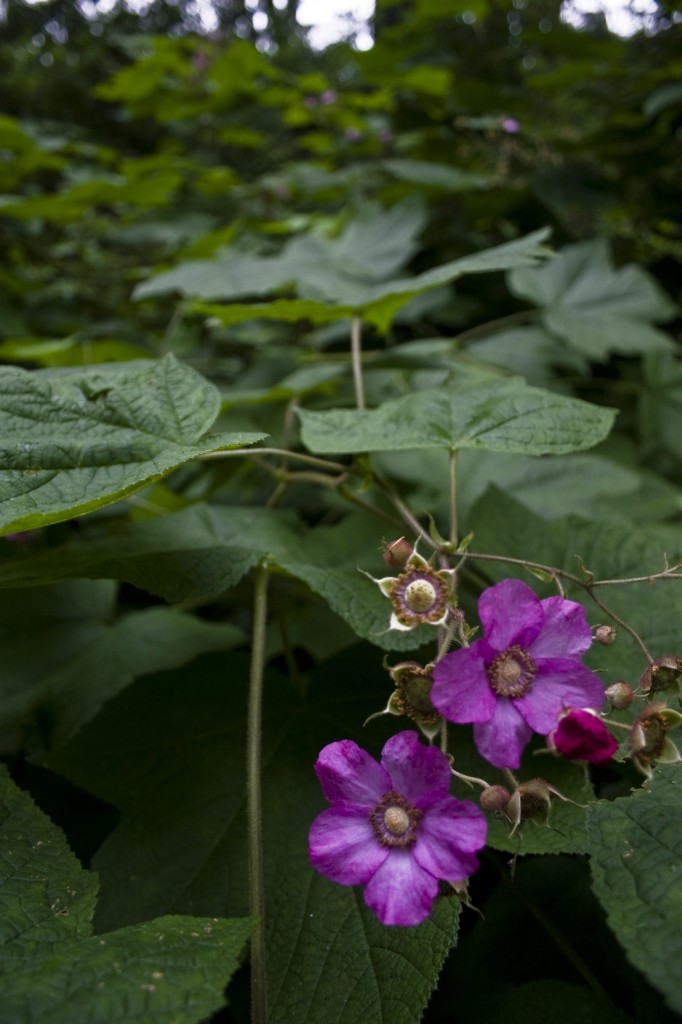
Purple flowering raspberry is an adaptable plant that grows well in full sun to shade. It is a great plant for growing summer berries in the wilder or more naturalistic parts of your yard. It can be contained with a rhizome barrier in the ground if you wish to grow it in a more formal setting. Flowers and fruit appear all summer long, though the crop is usually fairly light.

Often exceeding 8" in length and width, the leaves are broad, beautiful and offer unusual depth and texture.

Beginning with an abundant mass of blooms in May, black chokeberry also puts on a show all year long. This tough, adaptable shrub can grow in a wide range of soils and full sun to part-shade.

Glossy green foliage and dark purple berries adorn the medium-sized shrub for the remainder of the growing season until the leaves erupt in a fiery autumnal display. Berries persist well into winter and provide food to hungry early migrant and resident birds. The berries make excellent preserves, but are too astringent for fresh eating.
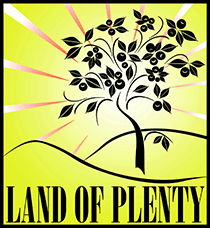






Good work, Ben. I really like your presentation. Brings alot of great memories back from Earth Works Projects. I have stuck to landscape maintenance as a core business. Miss the creativity of landscape designing. Enjoy the transition back to Spring. You got me thinking about my projects & schedule. It’s tax time & then back into the swing of the growing season. Bless! Marty Yenawine, Growing Vision Design Group, (508)479-9204.